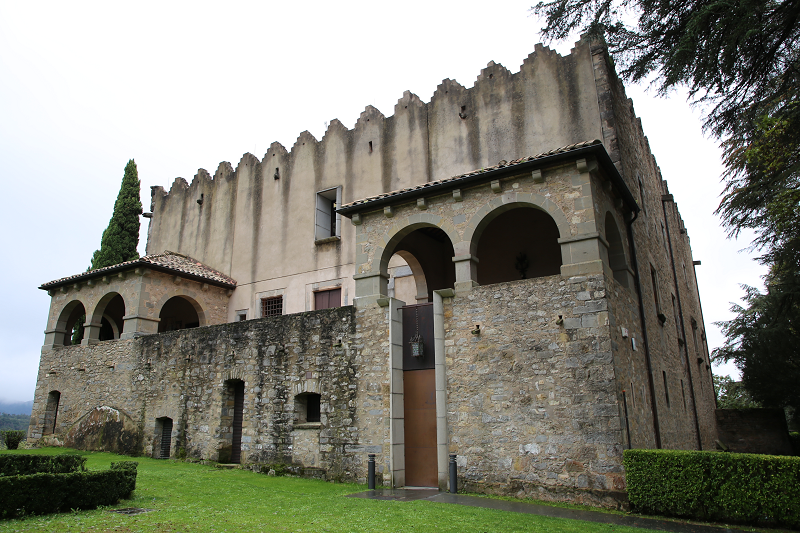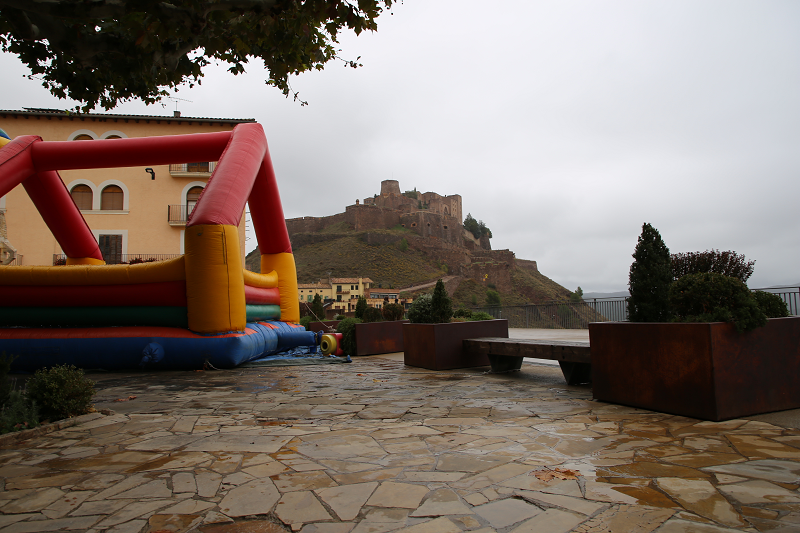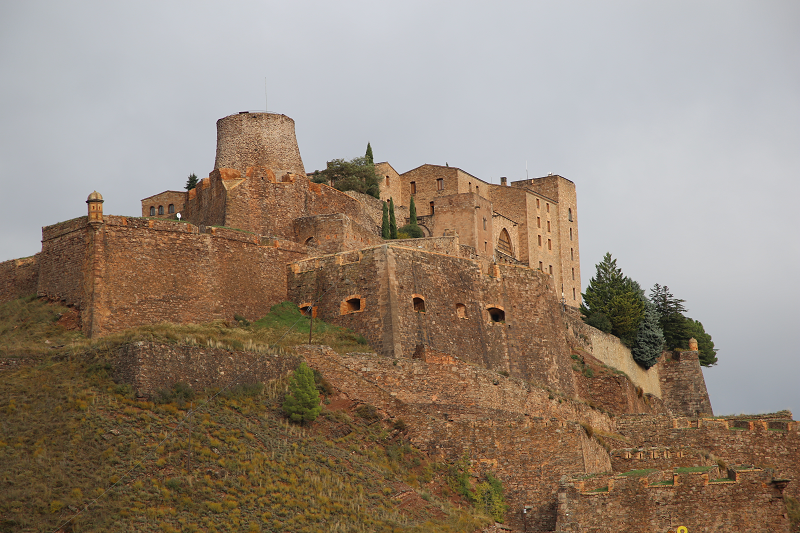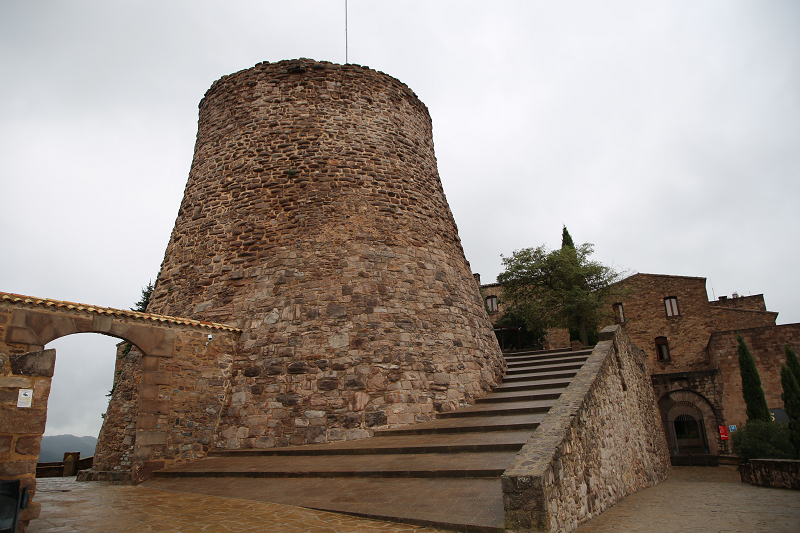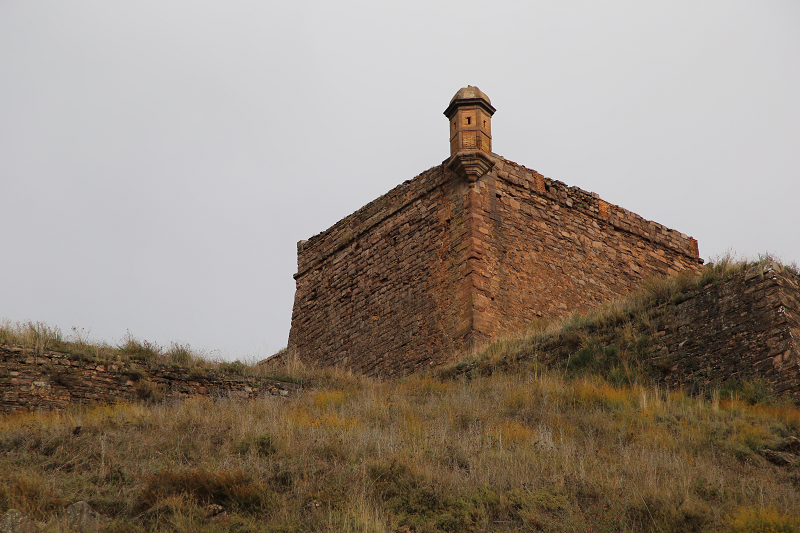
Champignons have long been attributed as popular products and indispensable ingredients in a variety of dishes. However, it makes sense to ask the question: how appropriate are these mushrooms for diet programs? Their qualities, which make it possible to quickly cope with the feeling of hunger, make it possible to judge mushrooms as diet foods. This is confirmed by other properties. This is what my post is about today.
Champignons are rich in valuable components for the body. First of all, we are talking about vitamins. This applies to ascorbic acid, vitamins Bs, as well as fat-soluble cholecalciferol and ergocalciferol (vitamins from group D). In addition, a large number of fatty acids and a modest content of carbohydrate components in the composition of mushrooms complement their beneficial properties.
Mineral substances, as well as compounds on the basis of which proteins are formed, are also an important component of these fungi. Mushrooms also have a fairly large amount of phosphorus compounds, and this, in turn, gives them the qualities that seafood also has.
Since champignons contain vegetable protein, it is justifiable to include such mushrooms in weight-loss programs for vegetarians too. As a result, the muscles and their tone will receive proper support. This protein serves as a substitute for the proteins that make up meat products.
The content of sugary components in mushrooms is extremely small. As a result – a short list of contraindications to the use of these mushrooms for dietary purposes can be found. Moreover, they can be included in diabetic’s diets too.
Champignons have a beneficial effect on the hair and skin. Thanks to them, skin conditions can often be reduced and the skin’s appearance and color improve. In addition, vitamin B9, a component of mushrooms (also called folic acid), provides powerful support to the immune system and the functioning of the circulatory system, as well as the normalization of hormonal metabolism in women.
Being a low-calorie product, champignons are actively used in the development of diet menus. 100 grams of mushrooms account for about 30 kcal, which is a beneficial effect on the figure. Specially developed weight-loss programs with the participation of these mushrooms, include fasting. A significant share in the composition of mushrooms is water. This figure is close to 85%.
Based on a number of studies, it was found that if you replace a traditional menu with a small portion of mushrooms (it is about 160 grams), then in 30 days you can lose 2-3 kilograms of excess weight. You should not be embarrassed by such a modest portion in volume, since these mushrooms do an excellent job with the feeling of hunger and provide a steady sense of satiety.
The filling feeling that comes from eating mushrooms is achieved thanks to the fiberous nature of the vegetable. In addition, these components contribute to the normalization of metabolic processes. Additionally, energy metabolism is also activated, and the body will not face the problem of the lack of substances required for its vital activity.
As champignons combine well with other foods, they weigh in favor of the inclusion of mushrooms in diets aimed at losing weight. Mushrooms can be found in almost any grocery store, and their cost does not destroy the budget.
As a rule, mushrooms contribute to improving the taste of dishes. Cooking these mushrooms is easy enough, you do not need special skills.
As for the choice of which type of champignons is best for dieting, the prevailing opinion is that it is best to use fresh mushrooms. This conclusion was made by experts who analyzed feedback from people who have tried this weight loss program. However, this condition is not mandatory and strict. You can make a choice to use the frozen version, or use dried mushrooms in cooking. The only disadvantage with this approach would be the loss of flavor, however, the mushroom’s valuable components will remain.
